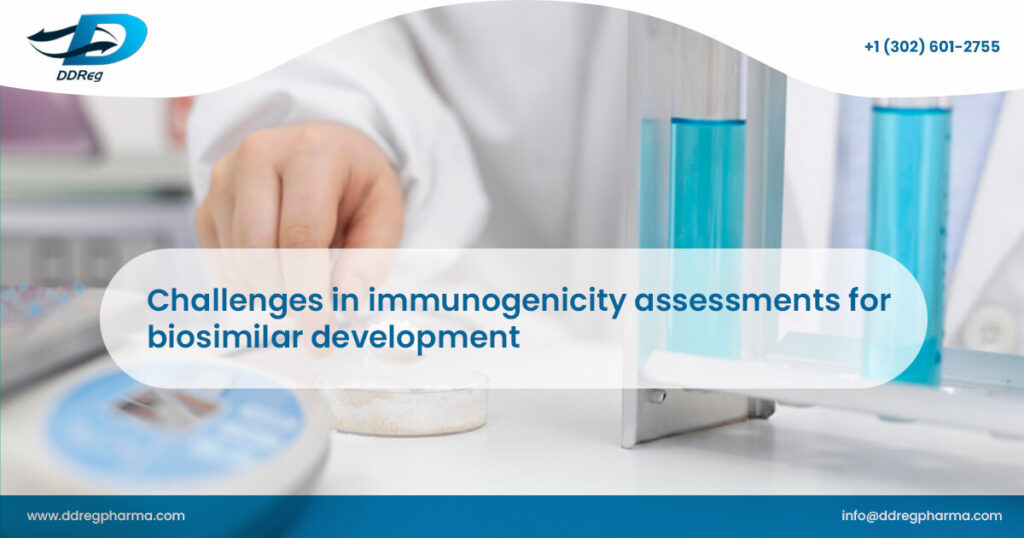The biosimilar market is rapidly growing across the globe as patents and exclusivities for biologic products approach their expiration dates. Indeed, biosimilars offer more access due to their affordability which is a key driving factor for market development, particularly in emerging markets with growing economies. However, biosimilar development is prone to many challenges, through all its stages, that can cause hindrance in market progress
Identifying Barriers in Reporting Medical Device Adverse Effects
International Standards for ADAs
Regulatory authorities accept comparative immunogenicity assessments, however, there are difference in opinion on what constitutes a clinically meaningful difference in immunogenicity. The ADA assays that are used determine the immunogenicity data that is generated including ADA screening and confirmatory assays; there is no ‘one standard’ format that is appropriate for biologic immunogenicity assessment and so all assays must be validated per various immunoassay parameters such as sensitivity, selectivity, specificity, precision, cut-point etc. For example, the ADA rates in patients with rheumatoid arthritis were between 1 and 66% depending on which assay was used in the case of adalimumab.
Currently, the only international standard for human ADA is the WHO standard on erythropoietin antibody reference panel; due to the lack of human ADA availability there are not enough international standards for human ADAs for the purpose of validation and calibration. Human ADAs are complex as they can bind to different regions of the biologic while demonstrating different binding affinities, exhibit different isotypes, and can be polyclonal. Hence, there is no harmonization in terms of implementing international reference standards and so most immunoassays for ADA detection may not be validated which would lead to limitations in the value of comparative studies and in providing impactful data. Similarly, multiple assays for detecting neutralizing antibodies (NAbs) in ADA positive samples exist where the assay can be cell or non-cell based depending on the mechanism of action of the biologic product. However, there is a lack of regulatory guidelines for conducting NAb confirmatory assays and titration assays. The dosing schedule, time at which the sample was taken, and patient sensitivity can also affect immunogenicity data. Moreover, biologics can demonstrate different mechanisms of actions in different populations which could instigate the need for additional data that would confirm NAb formulation is the same in patient groups that are treated with the proposed biosimilar development compared to patient groups treated with the reference product for intended therapeutic indications.
One-assay or two-assay?
approach because they require more and new data on biosimilars than on reference products [. Even then, additional investigations are required to confirm whether the assay is suitable and appropriate to detect biosimilar and reference product ADAs.
As with any medicinal product, the entire safety profile is not known until the medicine has been used by a larger and wider population. Not all adverse events (AEs) are captured in the pre-marketing phase and so post-market safety surveillance is crucial. Similarly, immunogenicity and ADA AEs may be missed during pre-marketing stages. Thus, immunogenicity should be considered in risk management plans and pharmacovigilance for biological products. For this reason, it is important to be able to trace the product for the purpose of effective reporting. For example, the FDA issues a 4-letter suffix, that is unique to each product, in the international nonproprietary name (INN) for biosimilars and biologic products. On the other hand, EMA requires biosimilars to have the same INN as the innovator product with the brand name and batch number states in ADR reports to be able to differentiate between the biosimilar and innovator product.
Conclusion
In addition to our pharmacovigilance and regulatory affairs services, DDReg’s subject matter experts are well-versed with such challenges associated with biosimilar development. Our medico-regulatory writing team checks the requirement for ADA testing in animals and human pharmacokinetic (PK) studies, comprehensively evaluates PK parameters and correlates the peaks and troughs to the detected immunogenic response.

